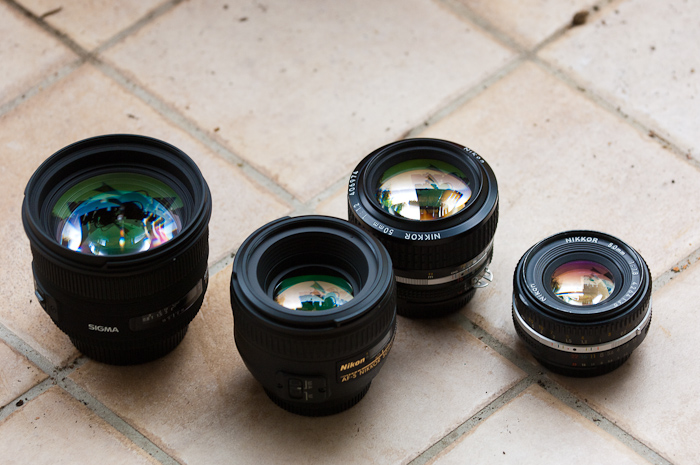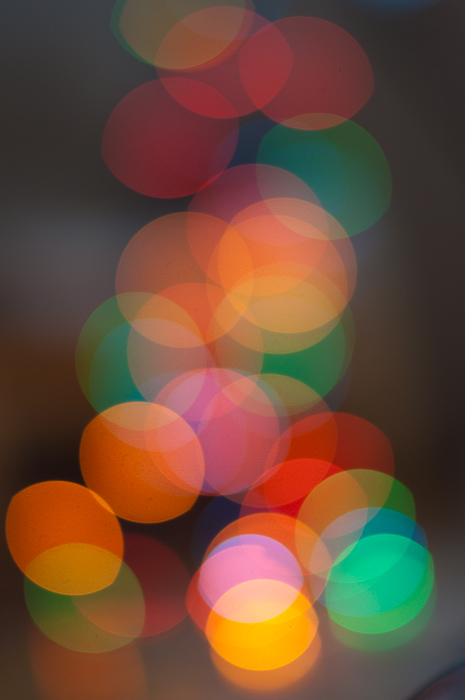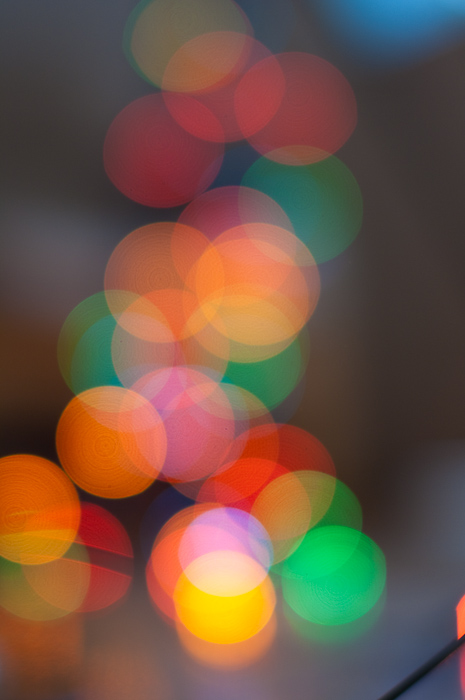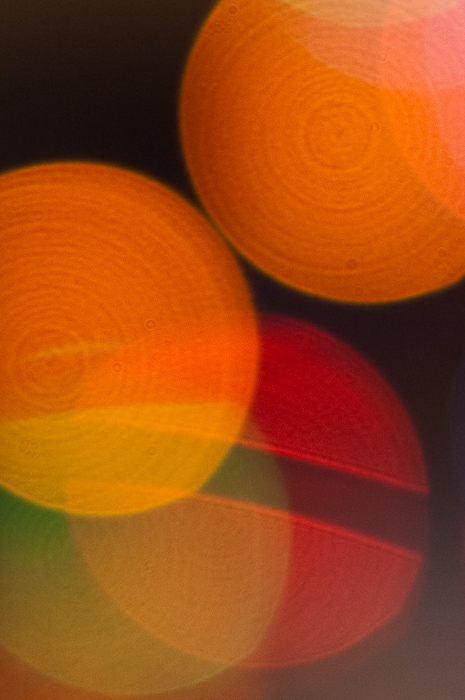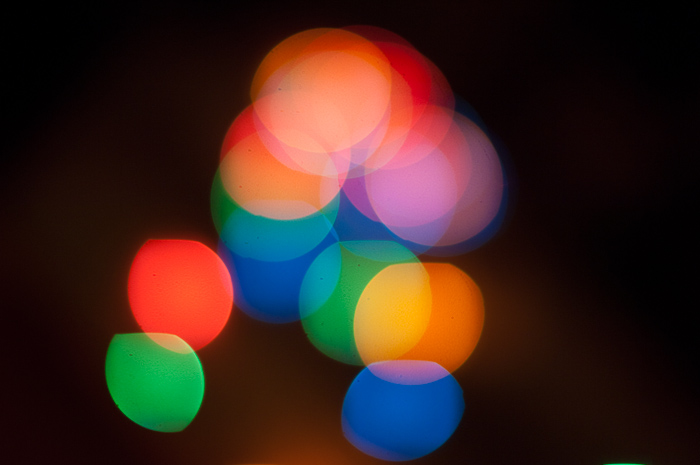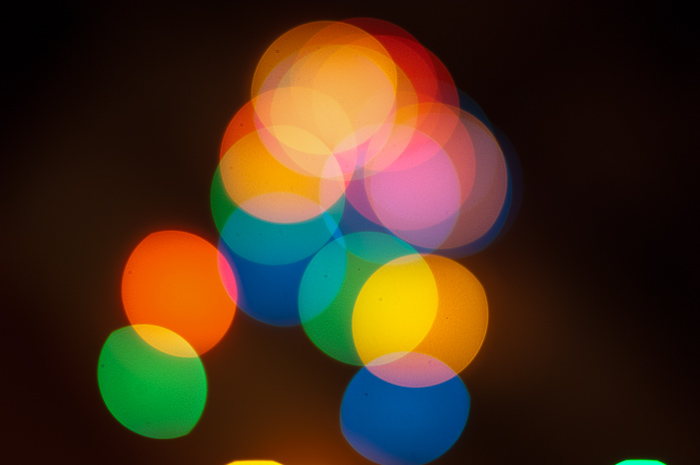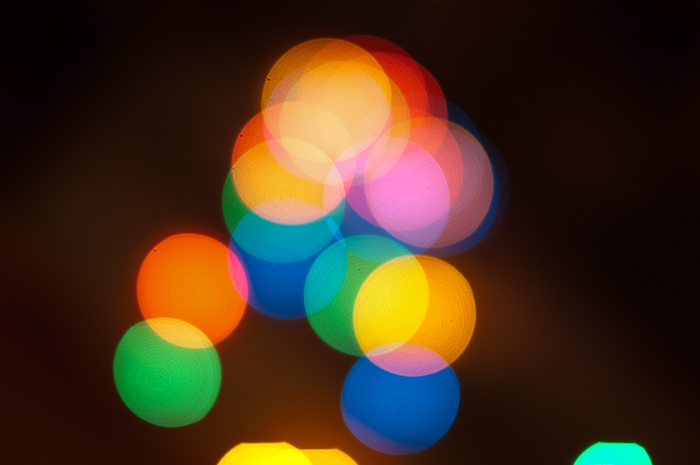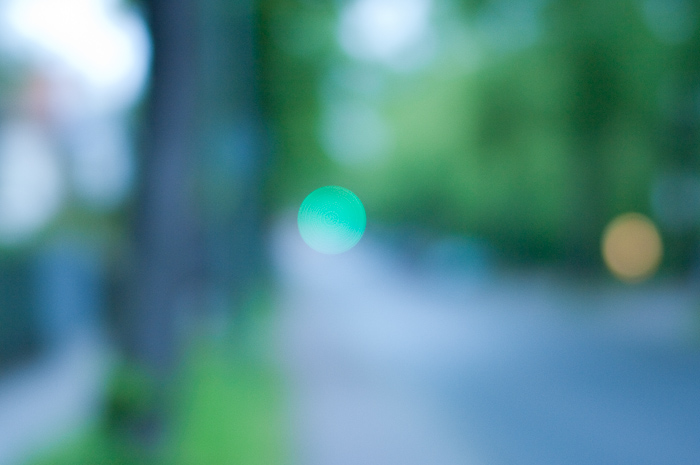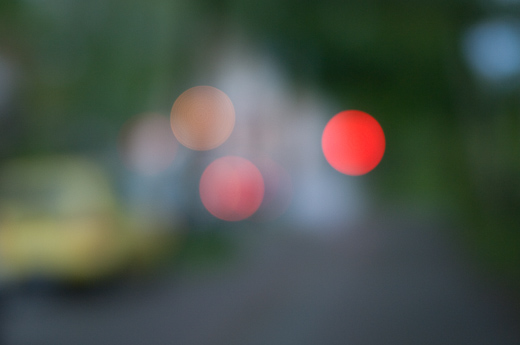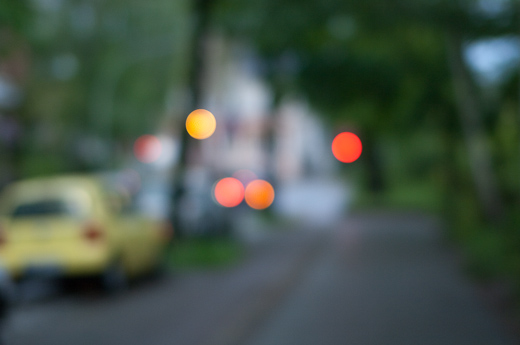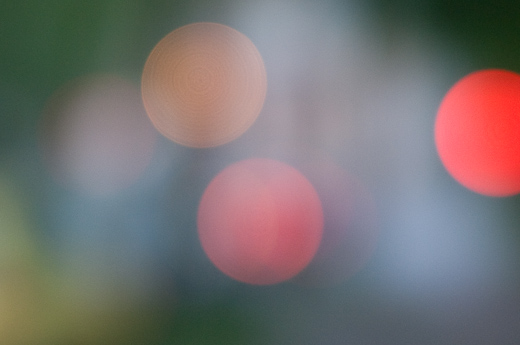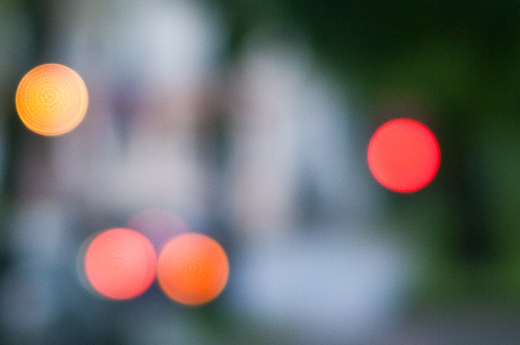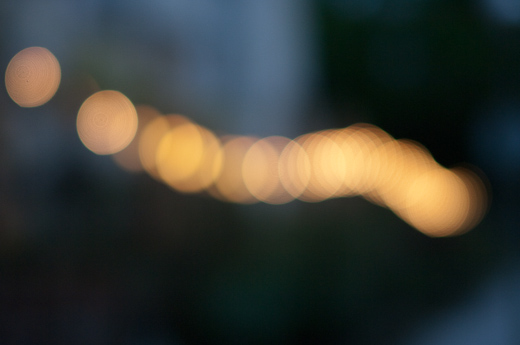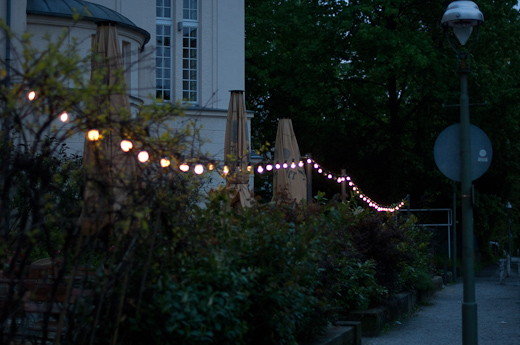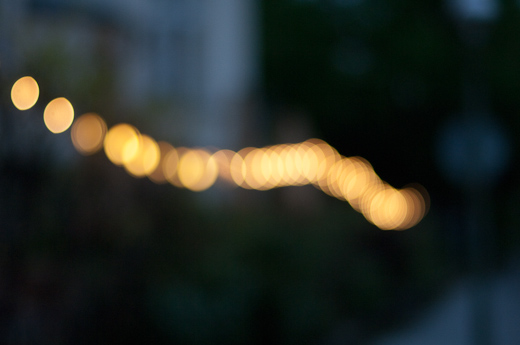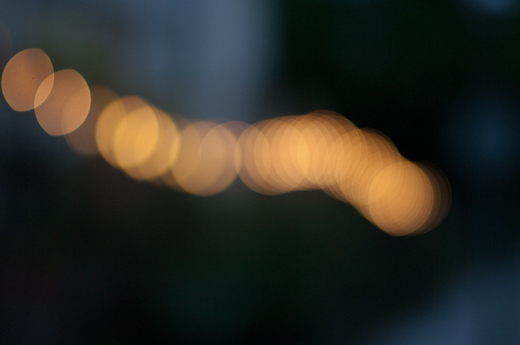|
S ö r e n H e s e - P h o t o g r a p h y
|
|
- 50 mm Bokeh Contest - Review Versioning:
From left to right: Sigma 50 mm f1.4 EX DG HSM, Nikkor AFS 50 mm f1.4 G, Nikkor AIS 50 mm f1.2, Nikkor AIS 50 mm f1.8
1.
the new
Nikkor 50 mm AFS
f1.4G,
Of the 4 AF lenses 2 have an ultrasonic ring engine for focusing. So
lets concentrate on these two concepts. The Sigma 50 f1.4 EX DG HSM and the
Nikon AFS 50 mm f1.4G are the most recent developments. There are
rumours floating around of a new Nikon f1.2 AFS version to be released
soon (might never happen - but who knows). The AF with my
Sigma sample was constantly
back focusing on close and far range objects (could be corrected with a
focus calibration enabled camera body). The Nikon sample that I used is doing much better here. AF is nearly
always spot on - but the Nikon AF is much slower than the Sigma HSM AF
system. If you need a fast AF than the Nikkor is not the lens for you.
The AF just doesn't "snap" to its focus point and seems slow and
sluggish. The Sigma is more responsive here and the quick lock on
objects makes fun. The Sigma seems however to miss the precise focus
point more often.
Top: Nikon AFS 50 mm f1.4G, below: Sigma AF 50 mm f1.4 EX DG HSM, both lenses @ f1.4
Top: Nikon AFS 50 mm f1.4G, below: Sigma AF 50 mm f1.4 EX DG HSM, both lenses @ f1.4
Nikon AFS 50 mm f1.4 G
Sigma AF 50 mm f1.4 EX DG HSM, both lenses @ f1.4 With the Sigma the out of focus highlights come with a strange concentric ring shape structure that seems to originate from the aspheric lens element design. The aspheric lens element is not precisely polished in all direction because the lens radius changes all the time. I am not entirely sure why this is a necessary consequence but the concentric ring structure is clearly visible.
Nikon AFS 50 mm f1.4 G,
Sigma AF 50 mm EX DG HSM f1.4,
Subset from the test picture right above: Sigma HSM 50 mm f1.4 DG, all lenses @f1.4, Light source at 2 m distance.
Nikkor AIS 50 mm f1.2 @f1.2, the f1.2 of the 50s shows slightly shaped OoF confusion discs where the brass housing of the lens intrudes into one lens element and reduces the diameter at one specific point. Its the only lens that I know that does this. Usually this is just invisible but the point light highlight clearly show this "feature".
Nikon AFS 50 mm f1.4G @f1.4, just what one expects, clear and homogenous discs.
Sigma AF 50 mm f1.4 EX DG HSM @f1.4, the green discs show the problem with concentric rings clearly here. If
out of focus highlights with clean circles of confusion are the dominating
graphical element in an image than the concentric ring features are
obviously not desired and the Sigma could be the wrong lens for the job.
Sigma AF 50 mm f1.4 EX DG HSM @f1.4, the green discs show the problem with concentric rings clearly here. But this test image also clearly shows that the background bokeh is very gradual and soft without any indication for hard edges. The rendering is painting like and probably is the best bokeh of all 50s (if no point light disc comes into the play here).
Go for the Nikon if OoF highlights are important for you and fast AFS is not relevant for your shooting style, go for the Sigma if you need the best bokeh but your don't care about the OoF highlight characteristics. If you need a bokeh king with fast AFS and perfect OoF highlight than I am afraid there is no perfect option available right now. I though about keeping both lenses but ended with sending both lenses back. I might opt for the Nikon later but I would like to see more samples from the Sigma first. I might update this review if sample variation plays a role with the OoF highlight rendering. There are indications that the concentric feature is not clearly visible with all Sigma 50s. Want more opinions? Check this pages here: - ByThom Review of the Sigma AF 50 mm EX DG HSM f1.4 - The Digital Picture Sigma Review - Ryan Brenizer's Review of the Sigma
More sample images:
Above: Nikon AFS 50 mm f1.4 G, below: Sigma HSM 50 mm f1.4 DG, the Sigma shows smother (blurred) flowers without harsh edges.
Sigma HSM 50 mm f1.4 DG @f1.4 (the ring artefacts seem to be less prominent when the contrast is reduced, in this example the concentric ring artefacts come from traffic lights in 150 m distance)
Above: Sigma HSM 50 mm f1.4 DG @f1.4 with focus shifted from far to near.
Above: the scene in focus from the Nikkor
Above: Nikon AFS 50 mm f1.4 G @f1.4 with focus shifted from far to near. |
|||||||||
|
Sören Hese (c) 2010 |
